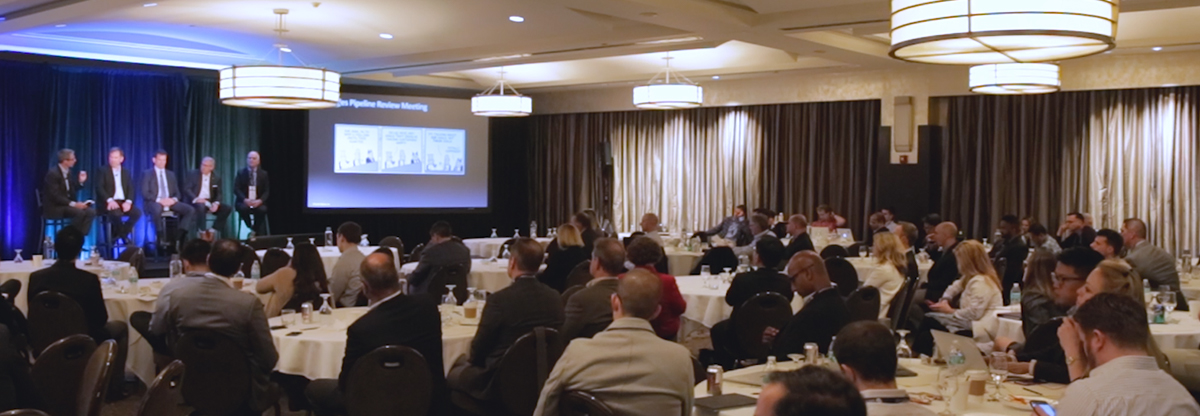Postscript: Selling to the Enterprise
Posted by | August 14, 2017
Cloud has been a blessing and a curse for enterprise selling.
The risk shift of managing infrastructure from the customer to the vendor can accelerate decision making, reduce the number of people who need to say “yes”, and generally simplify sales cycles. Customers love the ability to configure SaaS solutions to their needs instead of paying a system integrator to write a bunch of custom code. Enterprise customers also love not having to pay for seats and functionality that their organizations are not yet ready to use.
However, the ease of deployment can also lead customers to dabble with many solutions simultaneously and have you get stuck in “pilot purgatory”.
That is the curse – it is the selling equivalent of the sympathy date. A customer that likes you enough to launch a pilot or a POC but does not like you enough to go into full production at a scale where you can make money. You show up at every board meeting with an amazing sales pipeline of well-known companies, an unbridled optimism, but another bookings and revenue miss.
At Safeguard’s 2017 Partners Meeting, we took this conundrum head-on during the “Selling to the Enterprise” panel.
It began with a debate about whether established companies want to innovate internally or partner with emerging companies. The answer was very promising for startups. As it turns out, enterprise customers are more willing than ever to leverage external innovation. They have seen too many internal projects get bogged down due to lack of specialized expertise, getting stuck in cross-functional politics, and failing to leverage industry-wide use cases.
A key determinant of which vendor a customer goes “all in” with is how aligned the vendor is with the specific business outcome the customer is working to achieve. We wrote about this in the book B4B and it came across clearly with every member of the panel. Enterprise customers want their software vendors to literally “walk a day in their shoes” and understand the full solution that will be required to deliver the business outcome their organization is striving to achieve.
So, if we know how to sell a business outcome, how do we avoid the next pitfall in enterprise selling? It’s the dreaded IT vs. line of business (LOB) chasm.
Many enterprise deals are delayed or convert from wins to losses when the IT organization says “this emerging vendor is not on our strategic partner list” or “this vendor does not fit with our corporate standards.” The panel’s advice was to spend the time upfront with the LOB sponsor of your deal to understand his/her criteria and to produce a ready set of answers for their questions. This will enable your LOB sponsor to manage the IT leaders through the vendor selection process effectively.
Finally, we talked through the stages of pilot purgatory. While pilots and POCs might be unavoidable, the panelists had some specific advice. Vendors should help enterprise customers define the pilot “exit criteria” upfront that would trigger their decision for full deployment of your solution. This will both help emerging companies avoid open-ended pilots and better understand the customer’s desired outcome in a quantitative way.
Enterprise customers actually want you to succeed as they want access to your innovation. Spend the time early in your sales cycles to deeply understand the business outcome they seek, the decision criteria of their IT leader, and the exit criteria that will shift them from dabblers to deployers of technology.
Happy selling!




